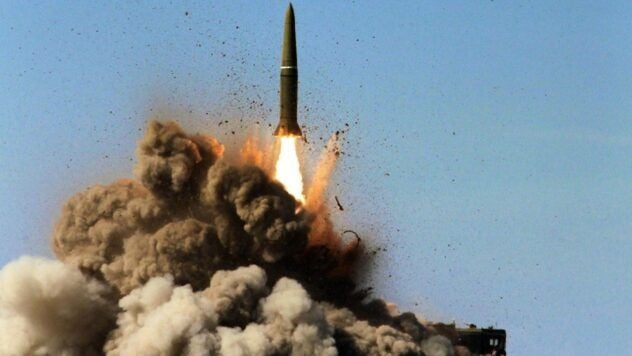
During the full-scale war against Ukraine, the Russian army repeatedly used Iskander-K cruise missiles to strike our country.
What are the Iskander-K cruise missiles, what are their technical characteristics and flight range – read on ICTV Facts.
Iskander-K cruise missiles: features
The Iskander operational-tactical complex is actively used by the Russian Federation to carry out strikes on the territory of Ukraine.
Now watching
The Iskander OTRK is a family of such systems as Iskander, Iskander-K, Iskander-M and Iskander-E. That is, Iskander-K is, in fact, a generalized name for cruise missiles that Russia can use as part of the Iskander OTRK.
Iskander-K may be two different land-based cruise missiles that are part of the same Iskander OTRK missile system.
Iskander-K (9M728 (R-500), 9M729) is a surface-to-surface cruise missile that flies along a predetermined trajectory at extremely low altitudes, using electronic defense systems. It flies parallel to the ground and can maneuver throughout its entire flight path.
The Iskander-K missile is light gray and cylindrical in shape with a rounded nose. It is equipped with a turbojet cruise engine that operates throughout the entire flight.
The tail section of the cruise missile contains 4 small tail stabilizers. In the middle of the body are 2 wings, which open shortly after the missile leaves the transport and launch container.
The design includes:
- radio sensor;
- warhead;
- instrument compartment;
- propulsion system;
- tail section.
Iskander-K missiles: characteristics
Tactical and technical characteristics of the missile:
- rocket length – 7.3 m;
- rocket weight – 2.3 tons;
- warhead weight – 480-500 kg;
- flight altitude – up to 6 km;
- range of destruction – 50-500 km;
- maximum speed and flight speed – 230-260 m/s;
- circular error probable – up to 30 m;
- the flight path is given.
They are difficult to detect because they fly at low altitude.
The approximate price of an Iskander missile (without specifying the type) is $3 million.

